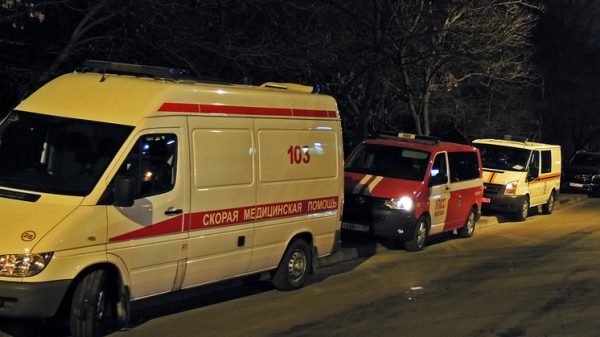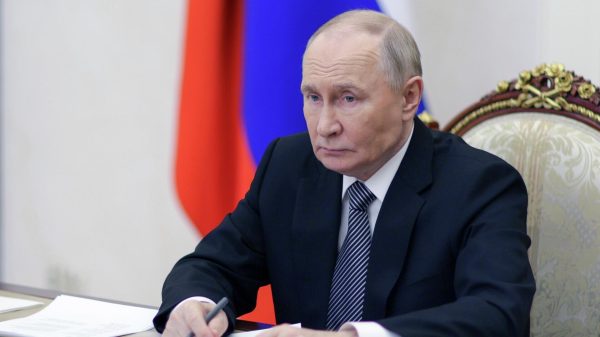 After England's game against Chile on September 23, fans will have to wait two weeks until October 7 to see how Steve Borthwick's side bounce back. Field Photo: AFP/Samir Al Doumi
After England's game against Chile on September 23, fans will have to wait two weeks until October 7 to see how Steve Borthwick's side bounce back. Field Photo: AFP/Samir Al Doumi
After a turbulent weekend at the Rugby World Cup, there has been a lull. Until now, in the global rugby spectacle, Monday and Tuesday, as well as Wednesday in the first week, have acted as a vacuum, with no matches being played, which has hampered the development of the tournament.
This is a new phenomenon. Previous Rugby World Cups have featured daily matches, but the sport's governing body announced in February 2021 that matches would be different in 2023. It will be extended from six weeks to seven, making it the longest tournament in the world, with all teams guaranteed a minimum of five days between matches to rest in the interests of player welfare and safety.
With the sport in the process of overcoming its existential concussion crisis, such a move was as vital as it was smart. The problem, however, is that World Rugby extended the tournament without increasing the number of teams or matches, resulting in a three-day vacuum in the pool stages.
This also means that after England's game against Chile on September 23, fans will have to wait two weeks until October 7 to see Steve Borthwick's side take to the field again — against Samoa in Lille. England is not an anomaly. Although the tournament began on September 8, Portugal, Samoa and Tonga had to wait another nine days to begin their campaign.
But what can be done to compensate for the loss of momentum? Telegraph Sport is assessing options for the next tournament in Australia in 2027.
Increasing the number of teams to 24
Since the 1999 tournament, 20 teams have taken part in the World Cup, a number and format that fits well within a six-week window. However, as the period increases to seven weeks, there is room for maneuver.
The obvious answer is to add four more teams and create six groups of four teams with a Round of 16 stage to create an extra match. which will be lost due to the number of pool matches being reduced to three from the current four. By adding four more teams, the tournament length could be kept at seven weeks and teams would still be able to take advantage of a minimum of five days' rest between matches.
The argument against this format — and the inclusion of four more teams from developing countries — is, of course, the threat of more frequent landslide victories. However, there was no hesitation to include Romania, who failed to qualify for their rugby exploits but for Spain fielding an ineligible player, into the 2023 tournament, leaving them on the end of an 80-man rout of Ireland glasses. last weekend. The Springboks and Scotland are still waiting for Romania.
The inclusion of more developing countries should be seen as a positive for rugby. The move to a 24-team format involving the final 16 could also see the introduction of plate competitions so that so-called «tier two» nations can compete for silverware after the pool stages.
Follow netball. Leading the World Cup
Netball World Cup or even sevens, where each country competes for its individual place, up to 20 (or 24 teams if there is an expansion).
The format is more complex — whereas rugby demands simplicity — but it can ensure that these developing nations play meaningful matches against other teams to their own standards; equivalent to a knockout match.
The pool stage is divided into three stages, with teams going through the first, second and third stages. Those finishing at the top of their group will advance to the knockout stages to play knockout matches until the final, while the teams finishing at the bottom of the group will compete for their respective place.
This would mean, for example, that Uruguay could play Japan to decide who finishes 12th at the World Cup. This may seem inconsequential, but most countries, with the exception of the Six Nations and the Rugby Championship, have had virtually no opportunity to participate in high-stakes rugby and play-offs on the biggest stage.
Shorter time frames for traditional «first» countries level»
One of the main reasons for extending the tournament from a player welfare perspective was to prevent hard breaks between teams' matches. Invariably, depending on where the power was in the global game, it was the countries in the so-called “second tier” that received the fewest days of rest between matches.
But given the tendency of the top seeds in each group to rest players and make wholesale changes when facing the Gerbils after backing up a big game, could they not play in perhaps four days? A slight increase in the squad may be needed, but would it really kill France, who made 12 changes, if they played Uruguay on Wednesday rather than Thursday? Is it really important that England wait seven days after the Japan game to take on Chile? Similarly for Wales' match against Portugal after facing Fiji?
Fewer opening weekend matches
Obviously, organizers of any World Cup want to start the opening weekend in a big way to build momentum early on and ensure that the host nation, from all over the her away support is taking over the World Cup fever.
However, did they go too far this year? Was it necessary to play four matches on the first Saturday? Of course, Namibia's clash with Italy would be ideal to watch on a Monday night to better distribute the matches and result in fewer layups. Likewise on Sunday, with South Africa's win over Scotland and Wales' thriller against Fiji looming, how many casual fans tuned in for Japan's win over plucky Chile? Not as much as it could have been if the match had taken place on Tuesday.




















































Свежие комментарии